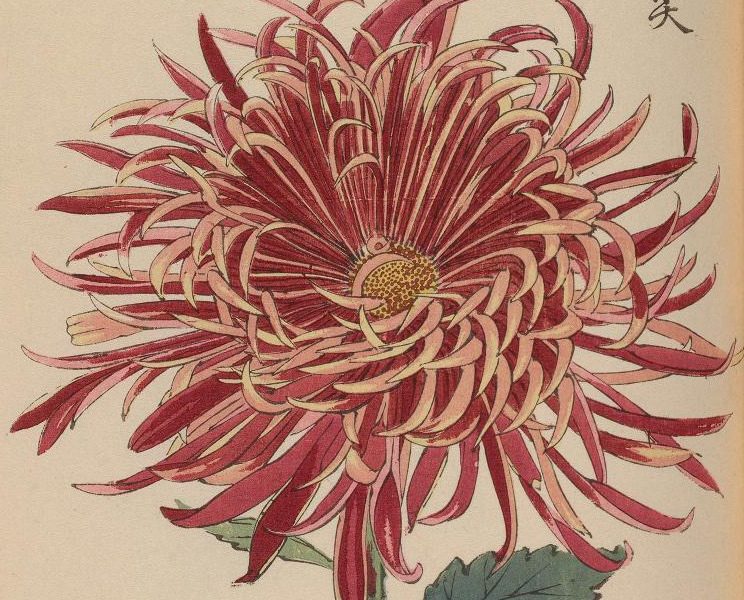
These Tattoo Artists Will Inspire You to Get a Botanical Design
Thinking about getting a botanical tattoo? Here’s some inspiration from some of the West’s most unique tattooists

You want a tattoo and are thinking of taking inspiration from the garden? You’re not alone. When it comes to choosing a design, you can’t really go wrong with the classics. The red rose is a tattoo standby for a reason: the flower has long held connotations of love and beauty, yet it’s also armed with thorns. It’s pretty much the only vintage flower tattoo that burly men have historically worn without compromising their masculinity. But it’s not the only botanical tattoo out there.
Nowadays, botanical tattoos are sought after in practically every species. Chrysanthemums are currently trending, but last time I was at my tattooist’s shop, the woman next to me was getting a gorgeous full thigh piece of carnivorous cobra lilies. The owner of one of my favorite plant shops in Portland has arms covered in black and gray aroid leaves. I personally have several, including a posy of jack-in-the-pulpits with lilacs. In addition to flowers, I have some tattoos of the secret life of plants under microscopy—a sprouting poppy seed with a bedhead tangle of root hairs, a spiny dandelion pollen grain, a stained-glass cross-section of a Ranunculus root—and will probably get a few more (I have an inkling to get some moss sporophytes).
For botany lovers, it can be so hard to decide which plant to pick. When hunting for inspiration for a botanical tattoo, be sure and check out vintage botanical illustrations (available on Google image search). For my cellular/microscopic botany tattoos, I turned to the incredible artwork of naturalist Ernst Haeckel. There are also free books of Edo- and Meiji-Period Japanese wood block art. And of course, you can also just check Instagram; there are more than 2.3 million posts with the tag #flowertattoo if you feel like swimming through images. But that sounds overwhelming, doesn’t it? To get you started, I’ve picked out some of the standout tattoo artists in the West for botanical designs.
Anchorage, Alaska
Serving the patrons of Anchorage Tattoo Studio (Anchorage, Alaska’s oldest tattoo parlor), Miss Jenn works in lots of botanical motifs, but my favorite of her pieces tends to be the delicate line drawings of fireweed (Epilobium angustifolium). Fireweed is a common wildflower throughout the Northwest; as a pioneer species, it thrives on disturbance and is among the first plants to colonize a forest after a wildfire or logging.
Seattle, Washington
Laura Exley at women-owned and -operated Damask Tattoo has a unique ability to incorporate detailed botanicals with the whimsy of Ghibli Studios characters, as handily demonstrated by this delightful piece of lupine (Lupinus ) and balsamroot (Balsamorhia) with My Neighbor Totoro‘s soot sprites.
Portland, Oregon
Portland is packed to the rafters with talented tattooists, and we’ve always embraced women artists in a world that has long been dominated by men. Alice Carrier at Lovebird Tattoo consistently puts out some of the most detailed and accurate botanical tattoos I’ve seen. If you’re looking for nearly photorealistic ink on your skin, book her. Anna Clarke, another Portlander (at Anatomy Tattoo) also does really gorgeous work: flowers, leaves, insects, and birds in saturated jewel tones, gray and black graphical pieces, and dainty line drawings are her strengths. Alice Kendall at Wonderland is another ridiculously skilled artist whose botanical work rivals any of the classical scientific illustrators of the past two centuries.
San Francisco, California
Anne Williams at Mermaids Tattoo in San Francisco has a way with flowers, especially the Golden State’s official flower, California poppy (Eschscholzia californica). As a somnific, poppies are traditionally a symbol of sleep (or death), but with colors this energetic, they’re anything but sleepy.
Waikiki, Hawaii
Monarch Tattoo’s owner Laura Naylor works in traditional Polynesian motifs mixed with sacred native Hawaiian plants like kokiʻo ʻula (Hibiscus; pictured) pua melia (frangipani, or Plumeria) and ‘ōhi’a lehua (Metrosideros polymorpha). Tattoos have a long (2,000 years or so), rich history among South Pacific Islanders, and it’s wonderful to see the tradition carried on to this day.
